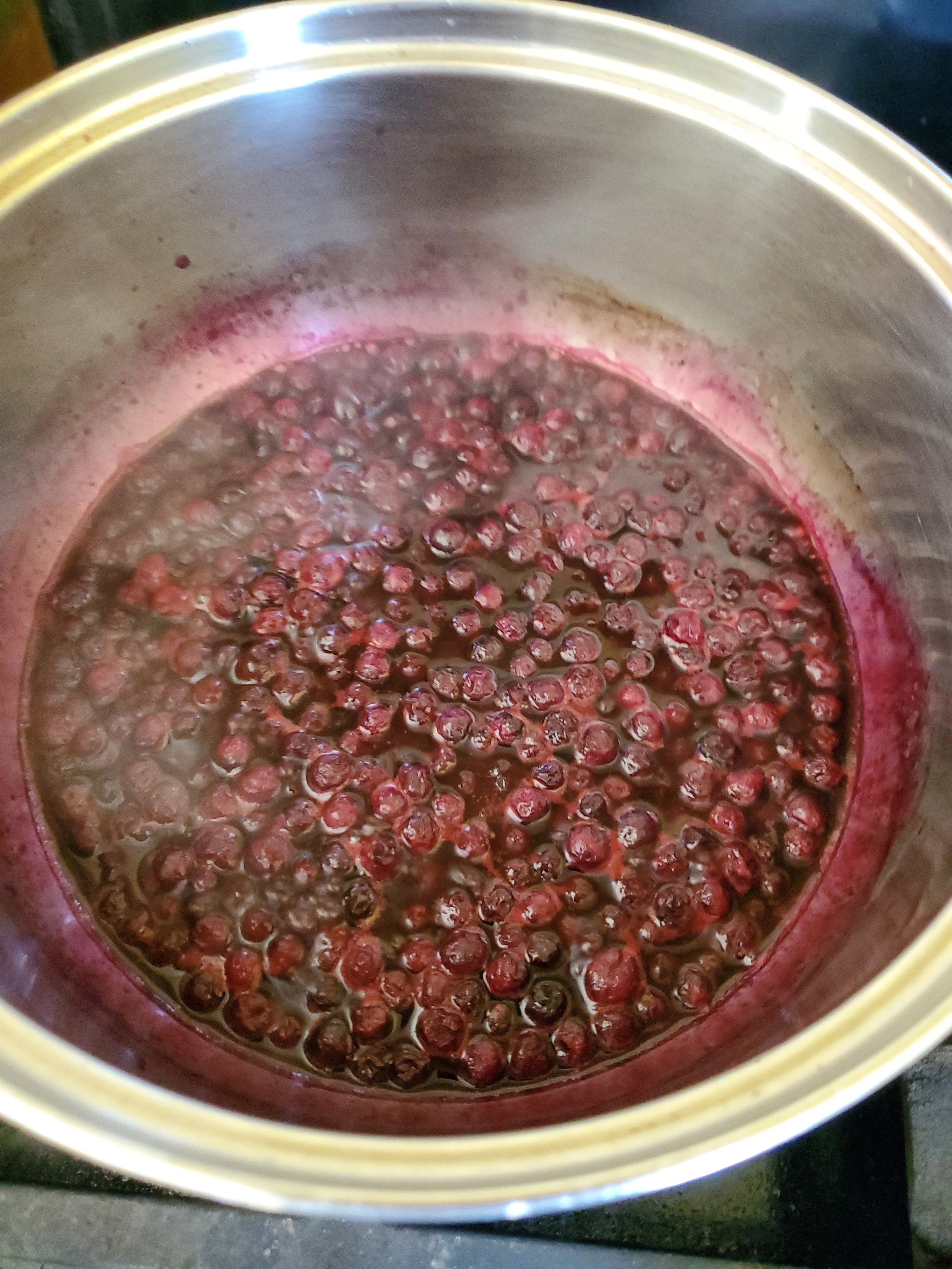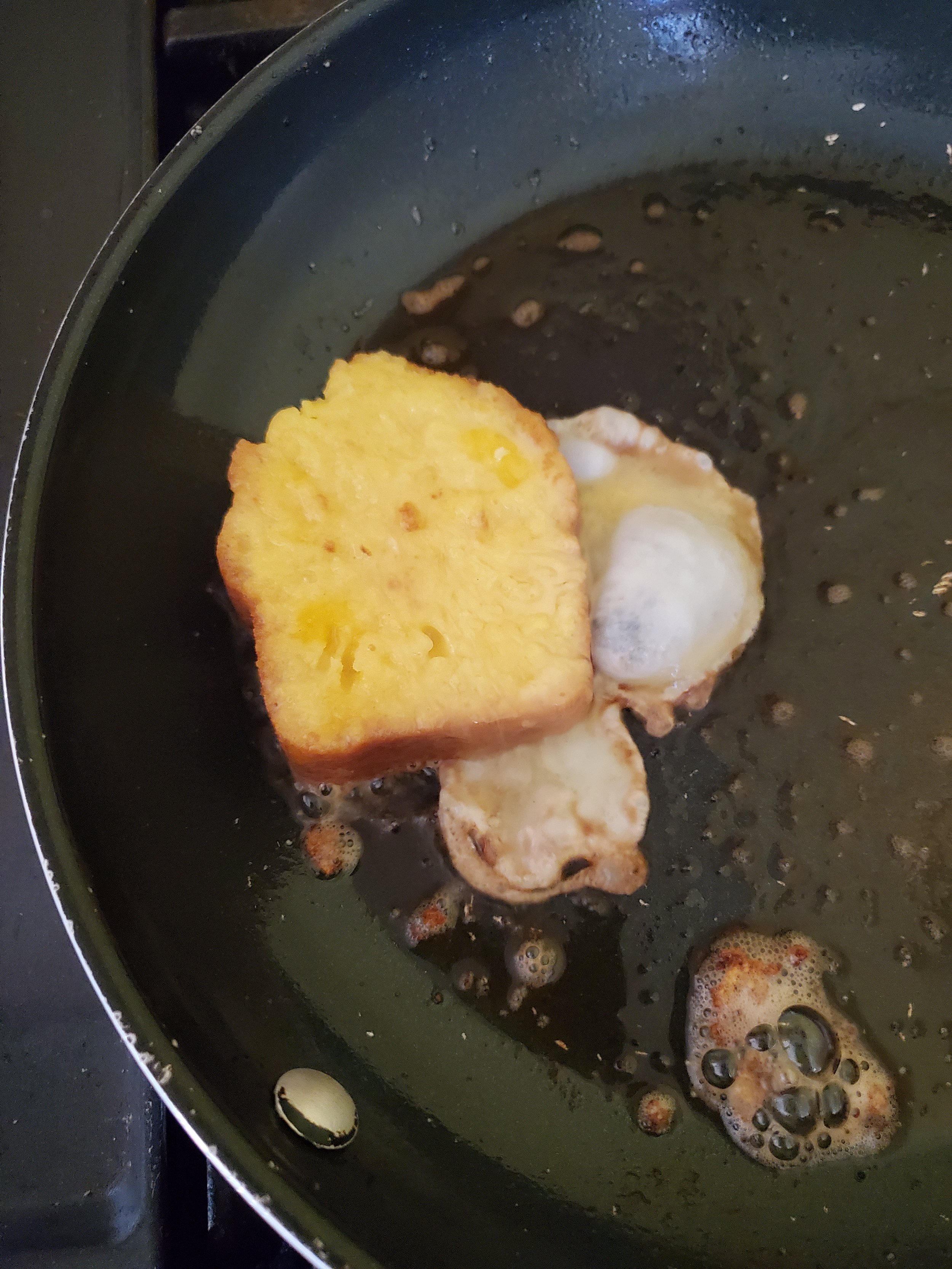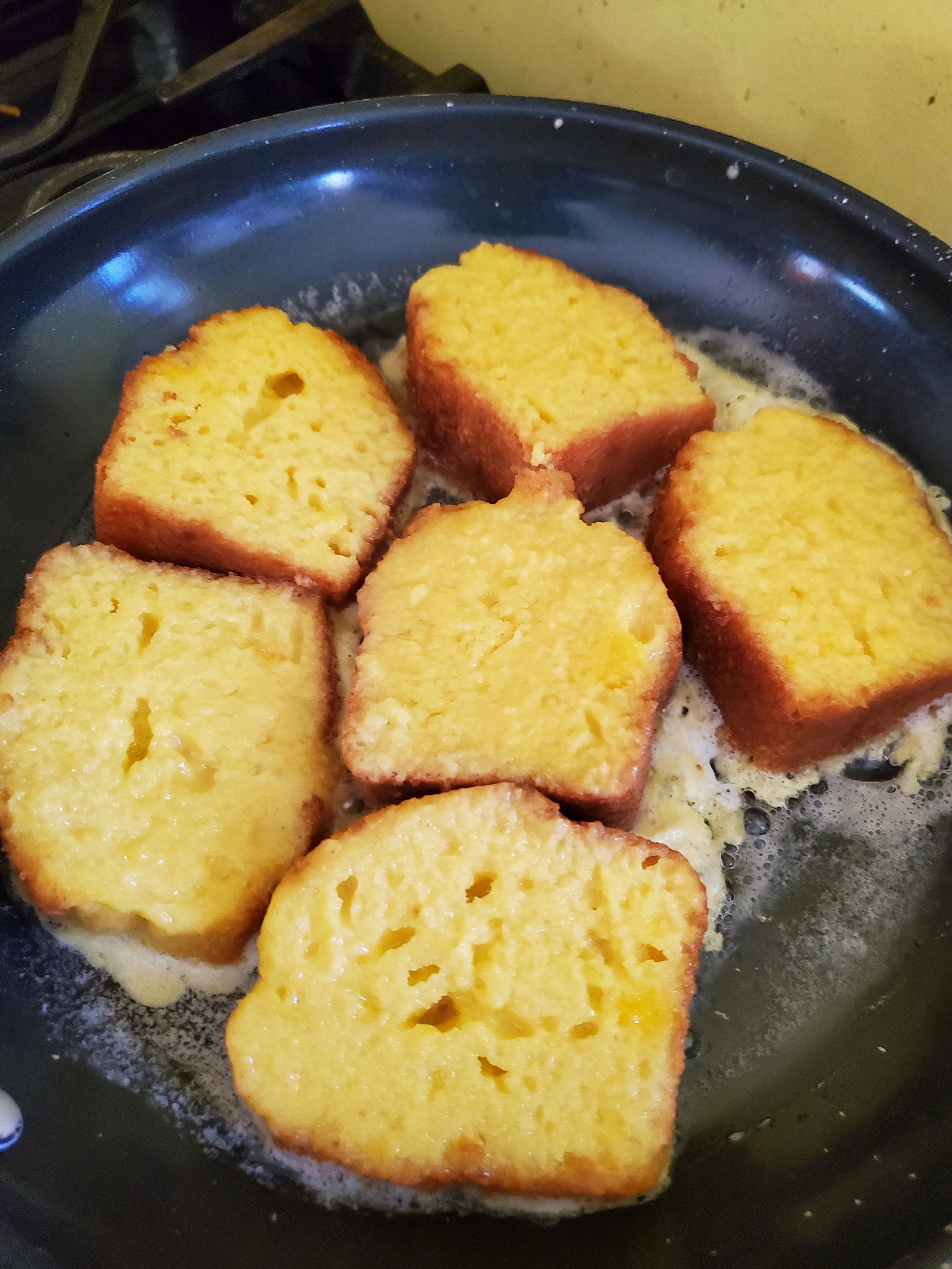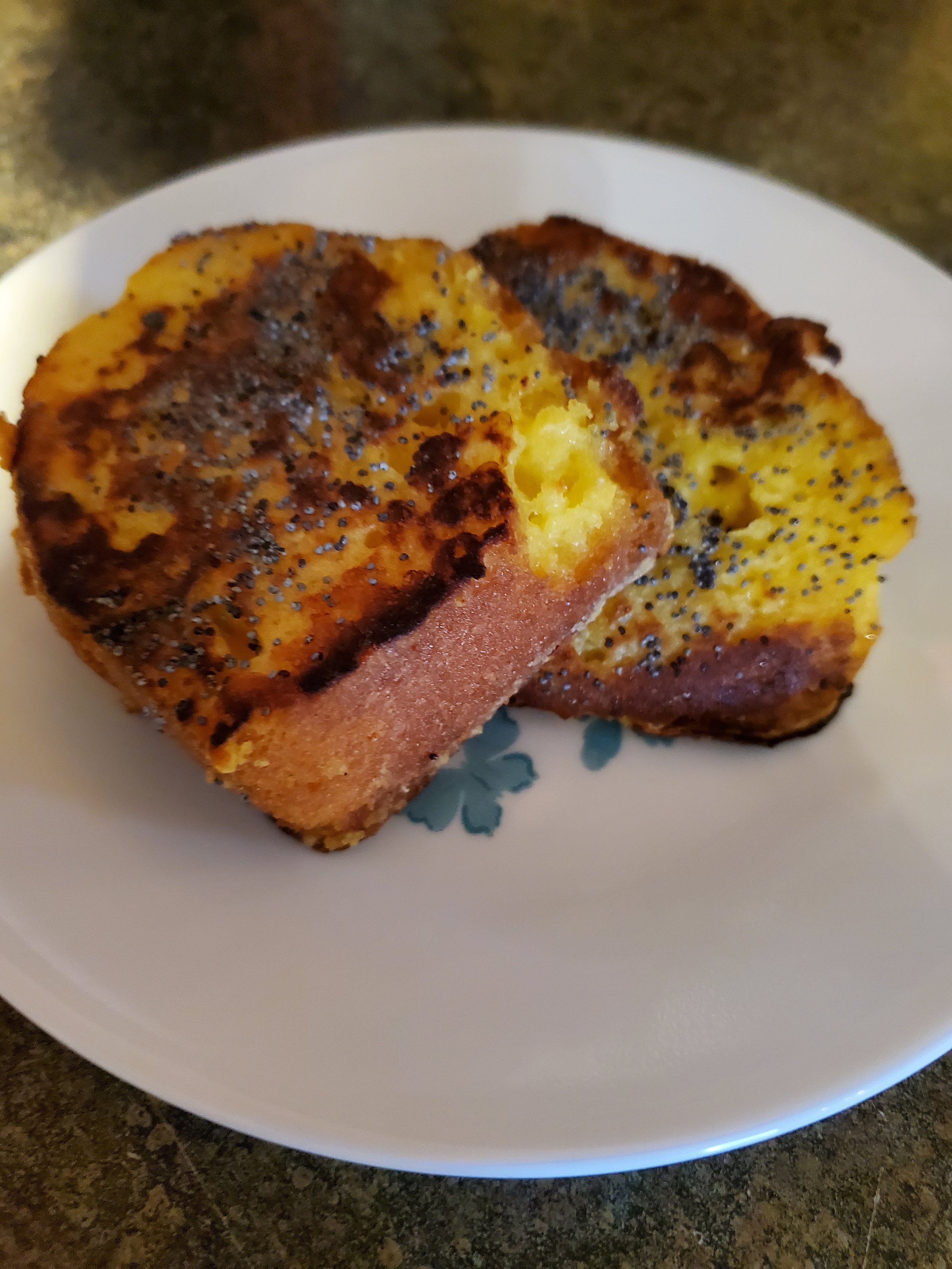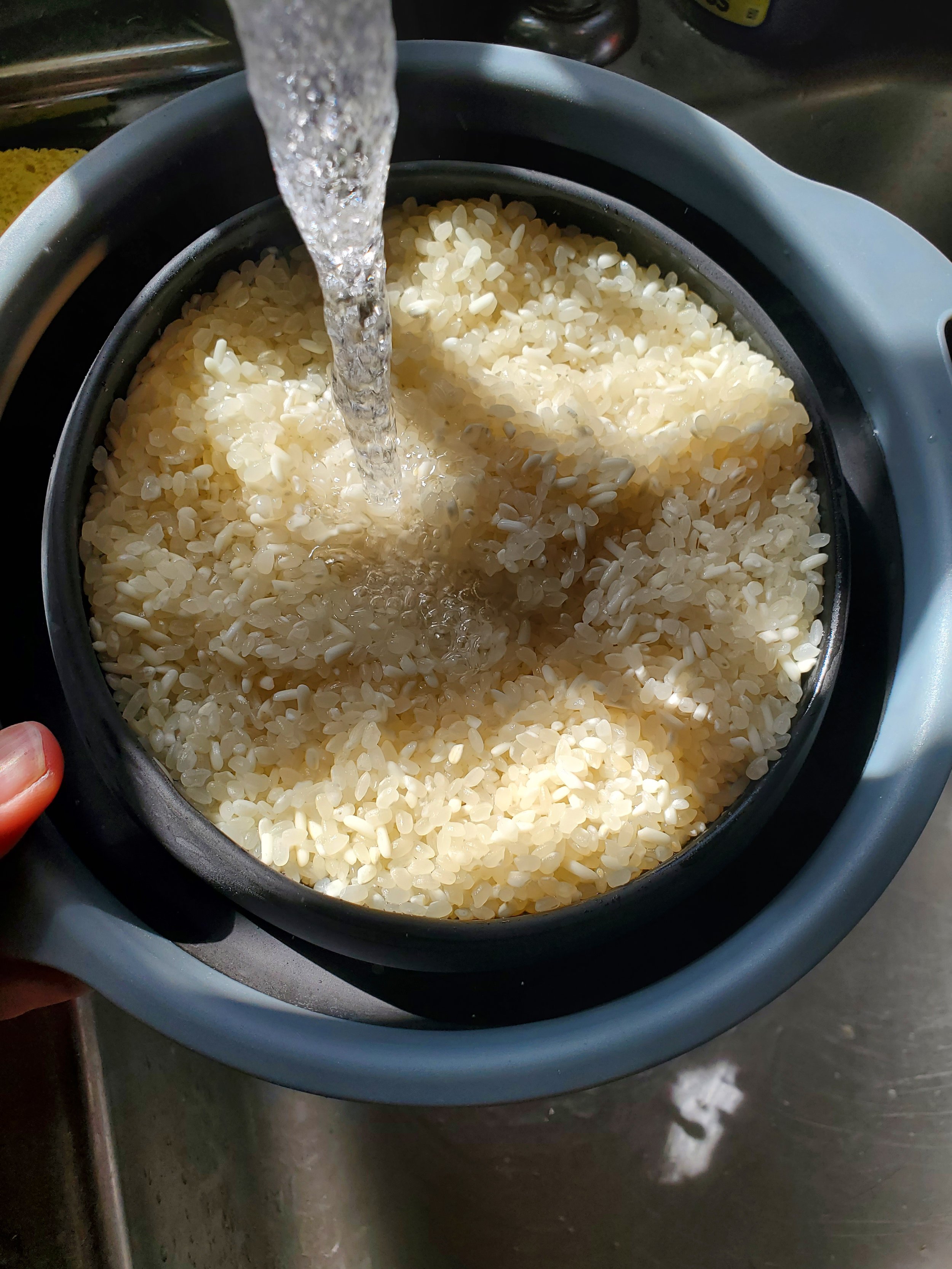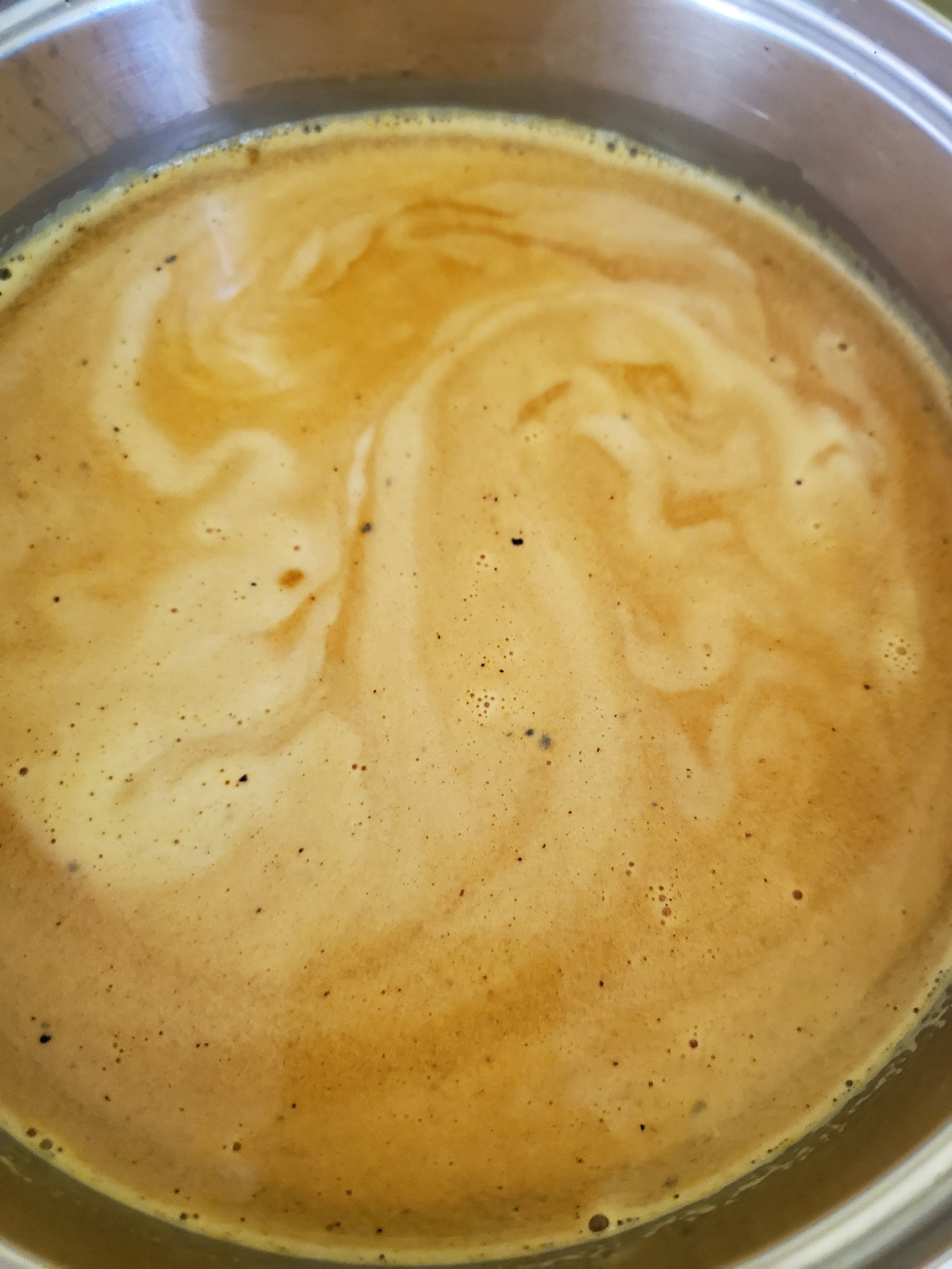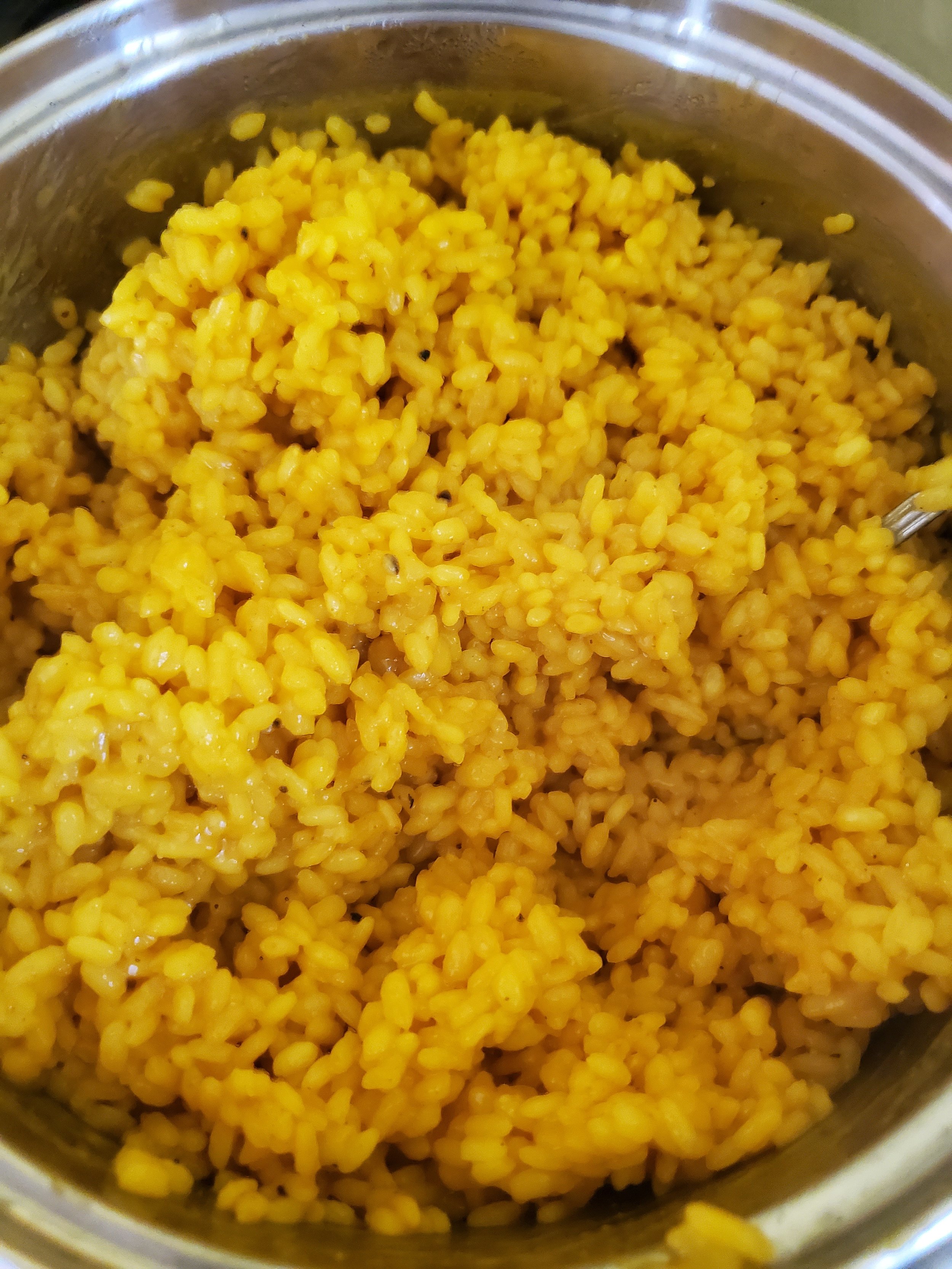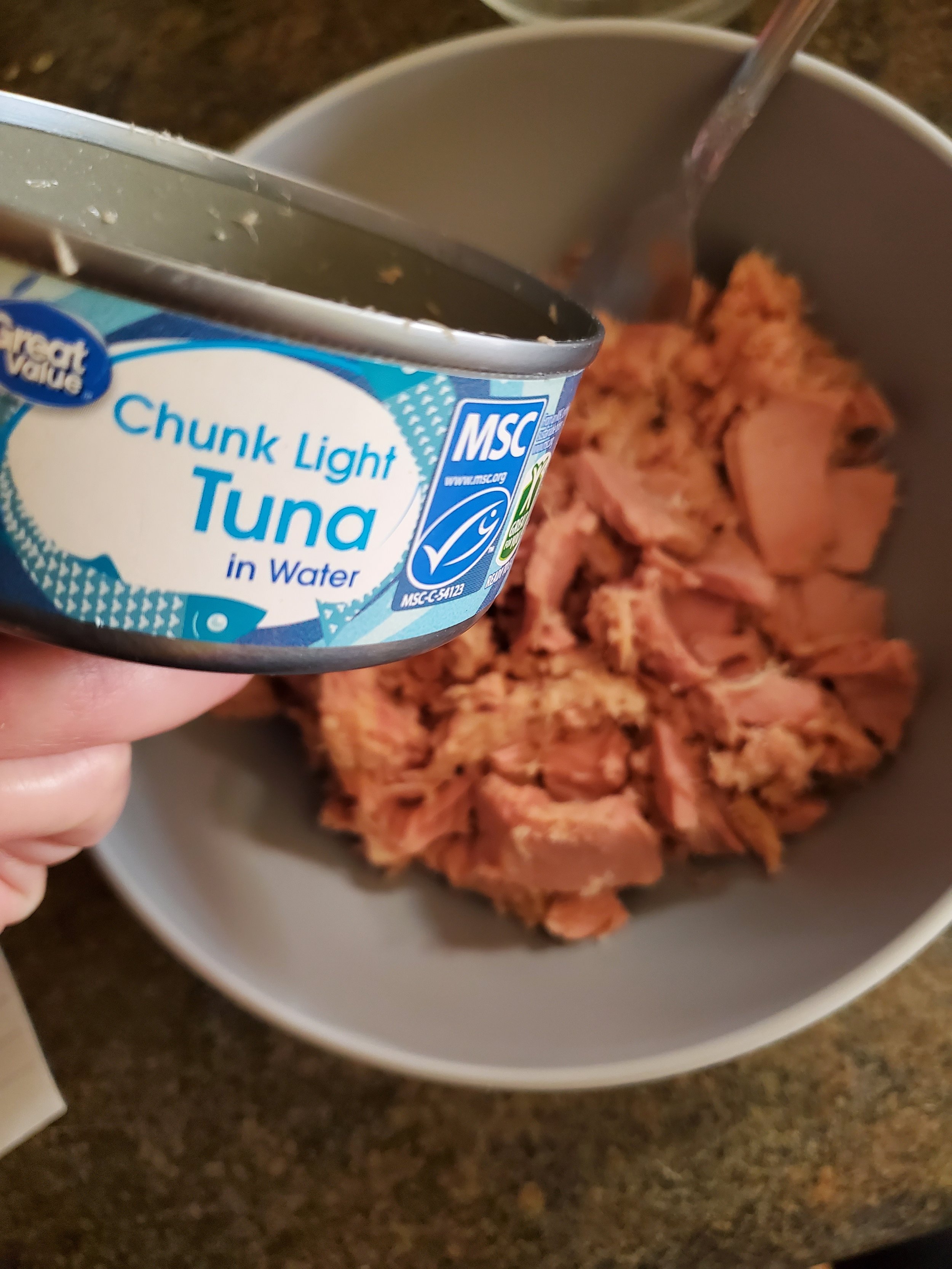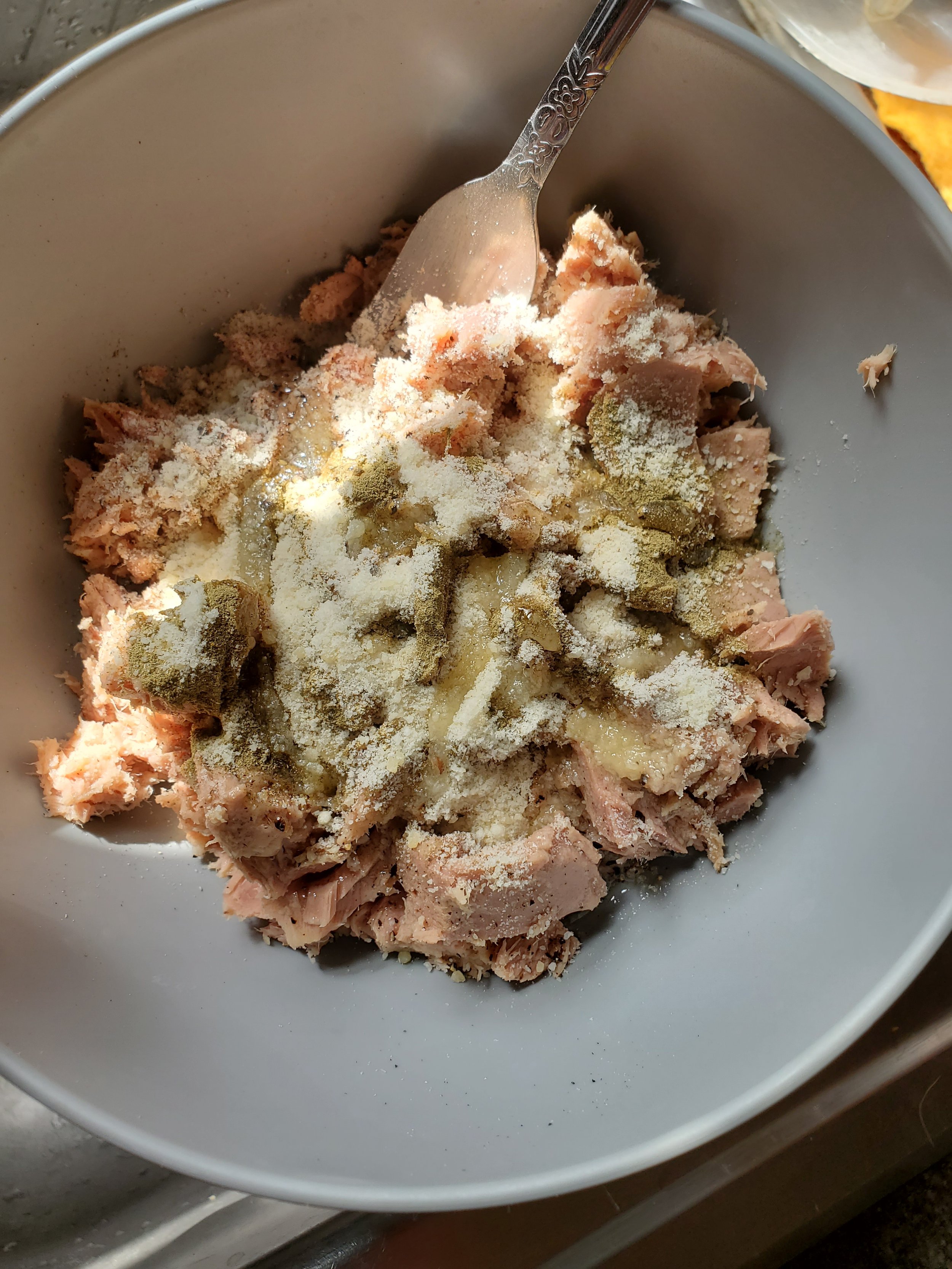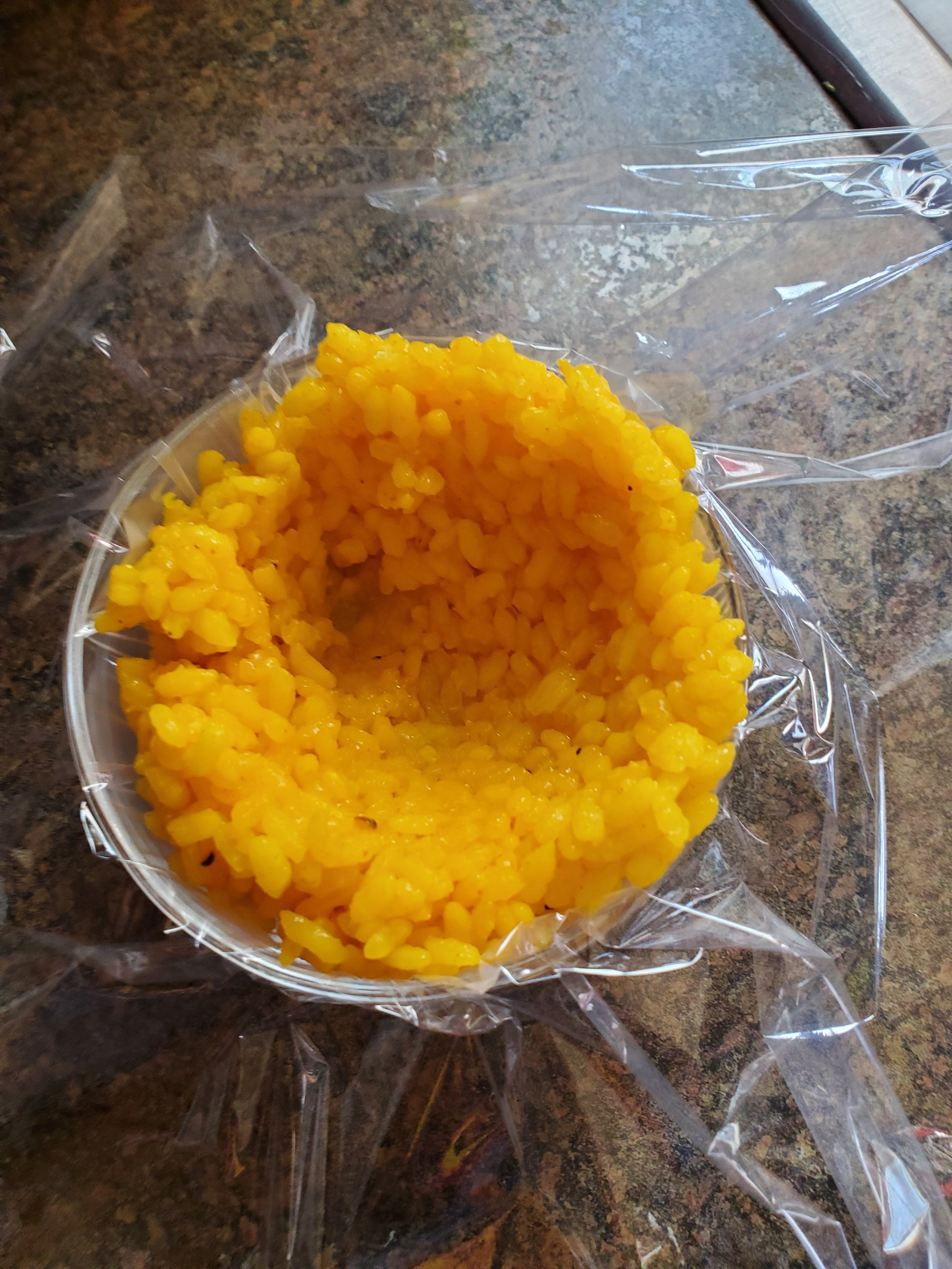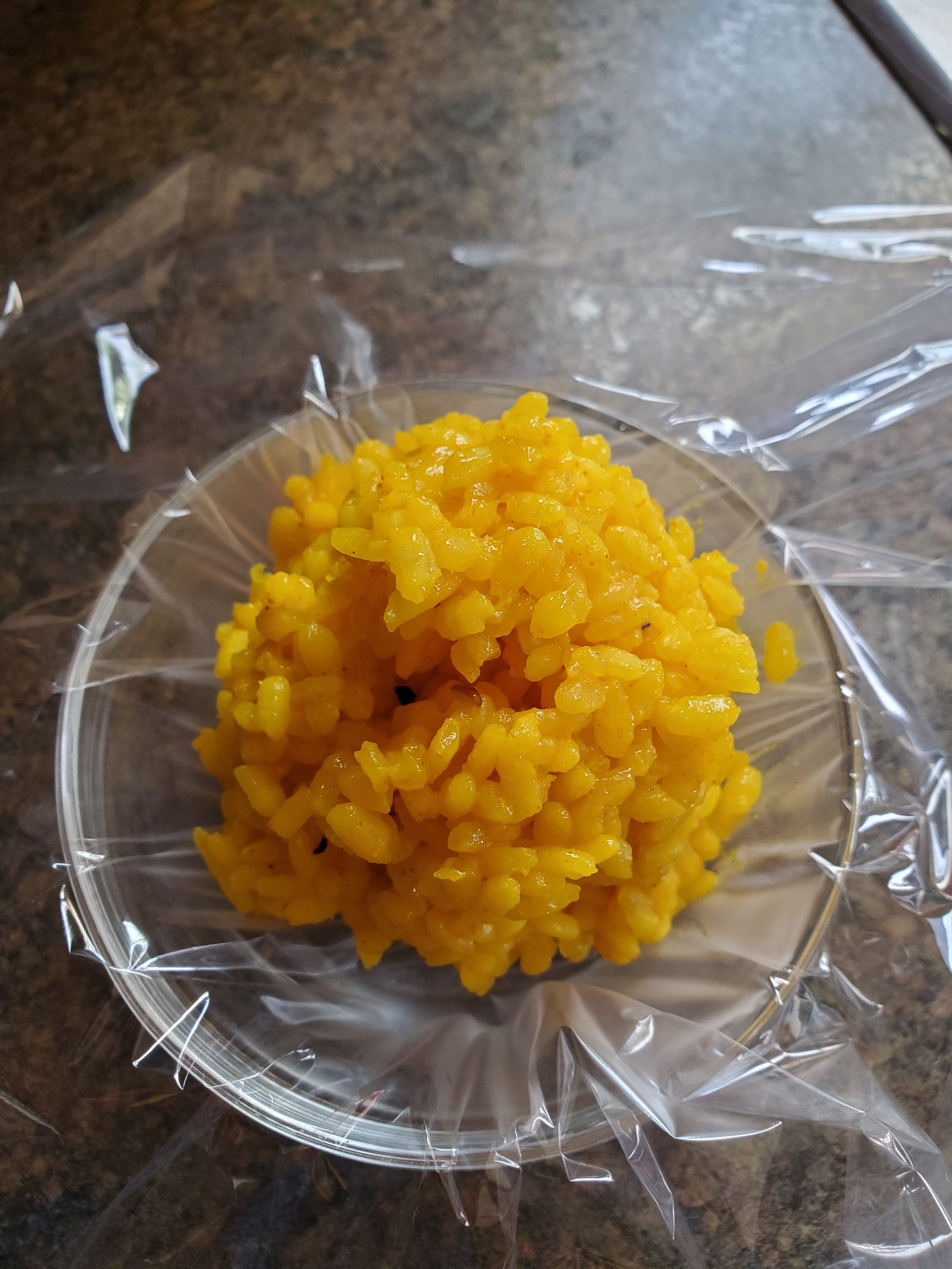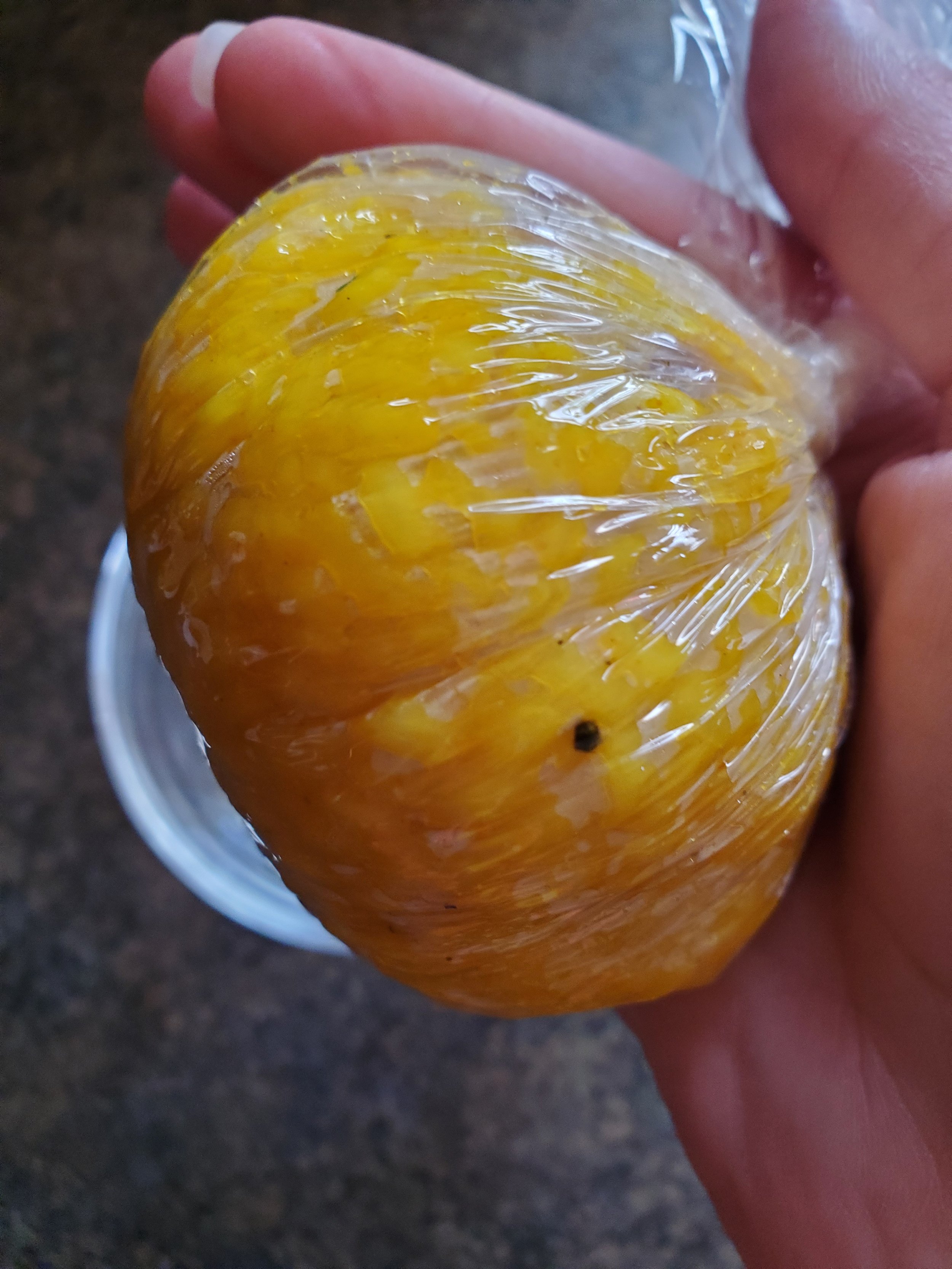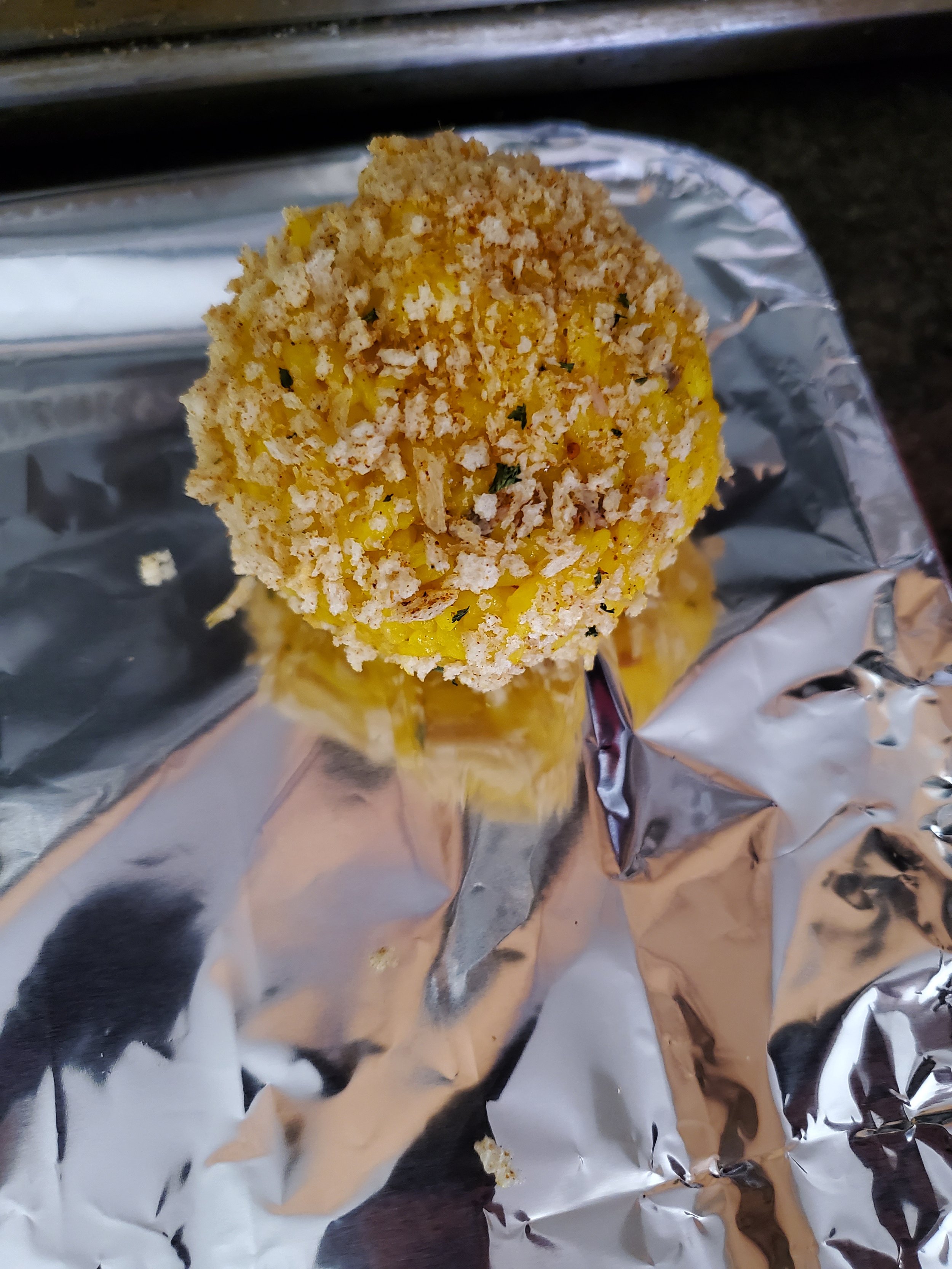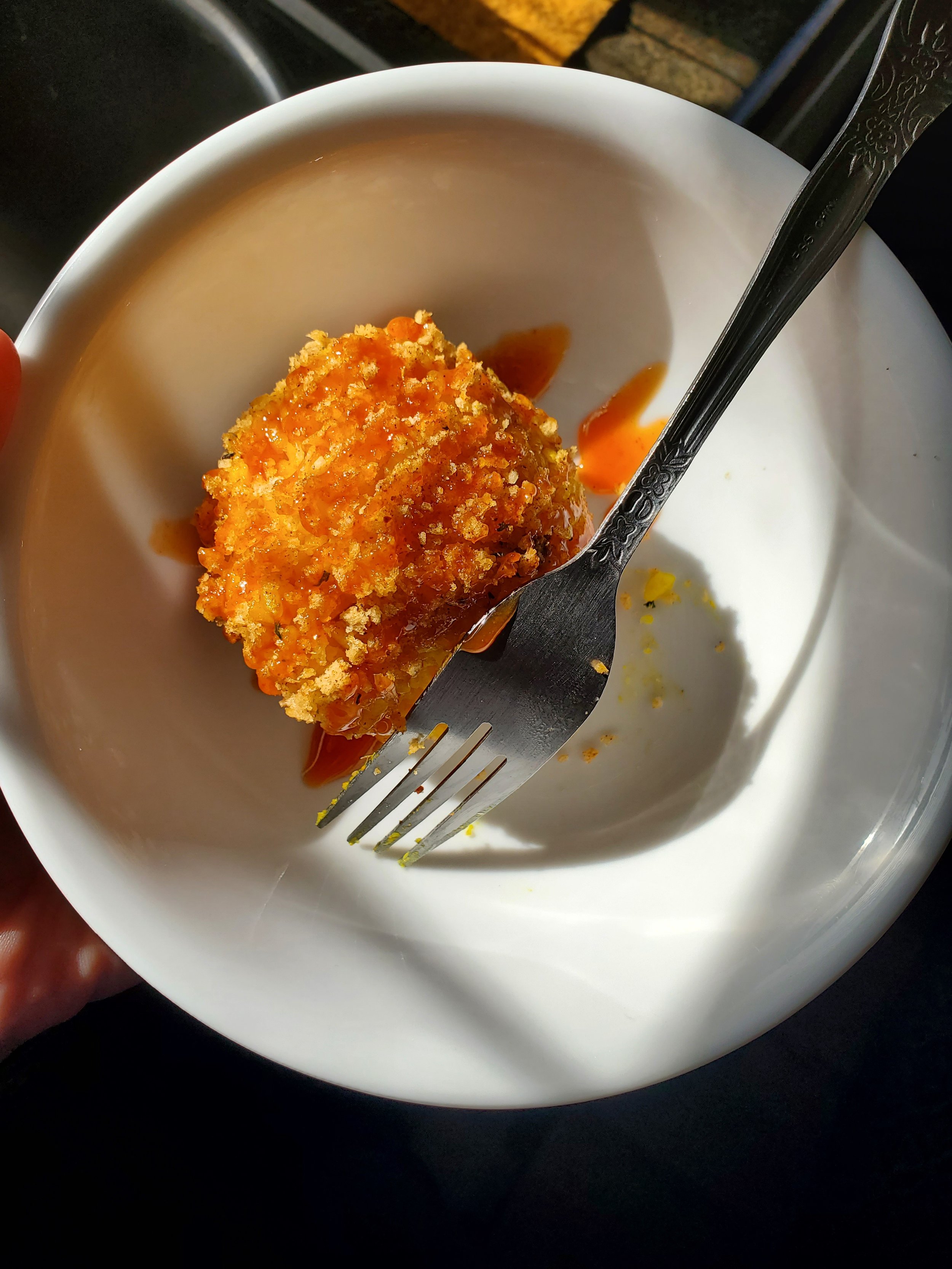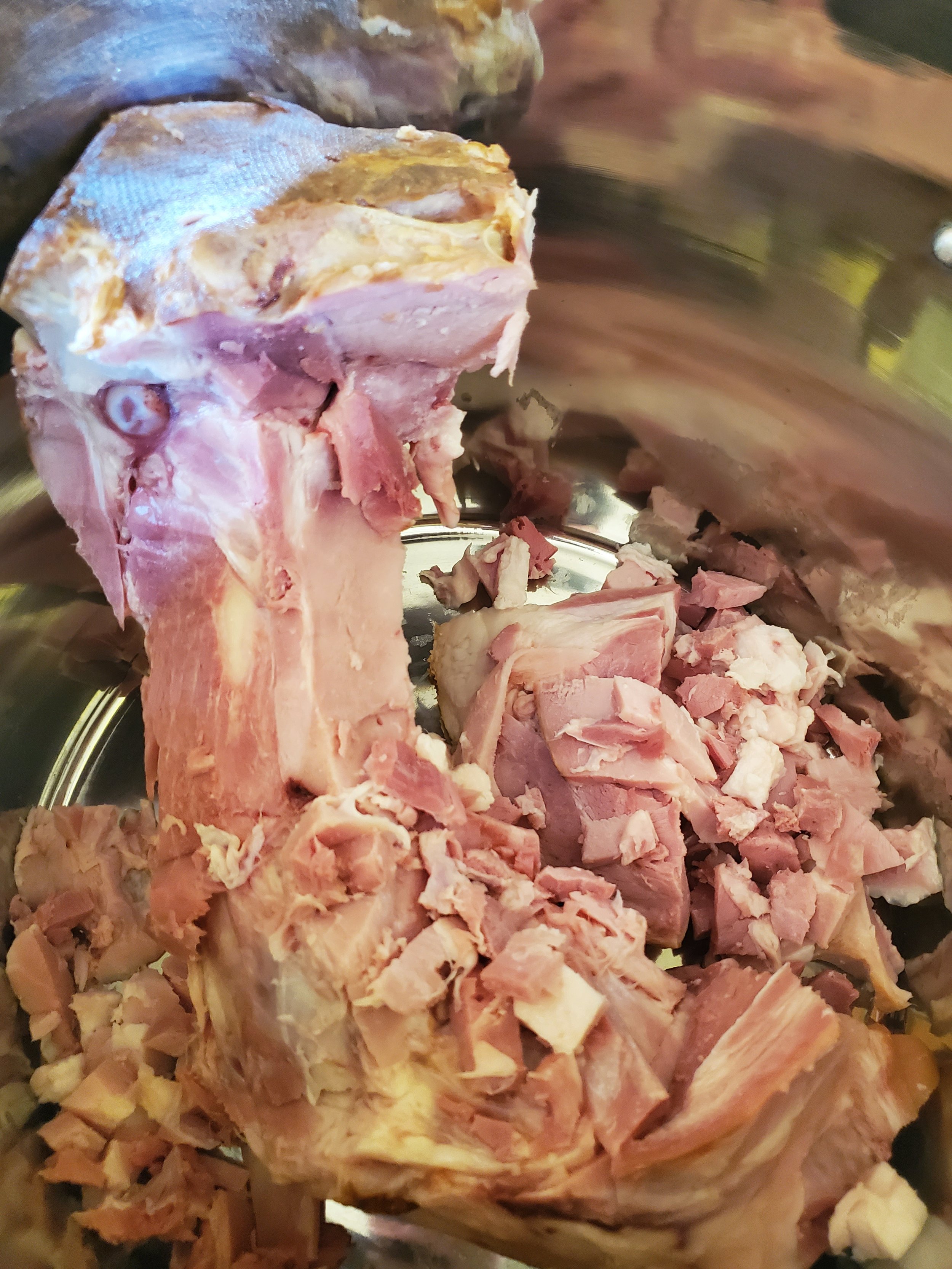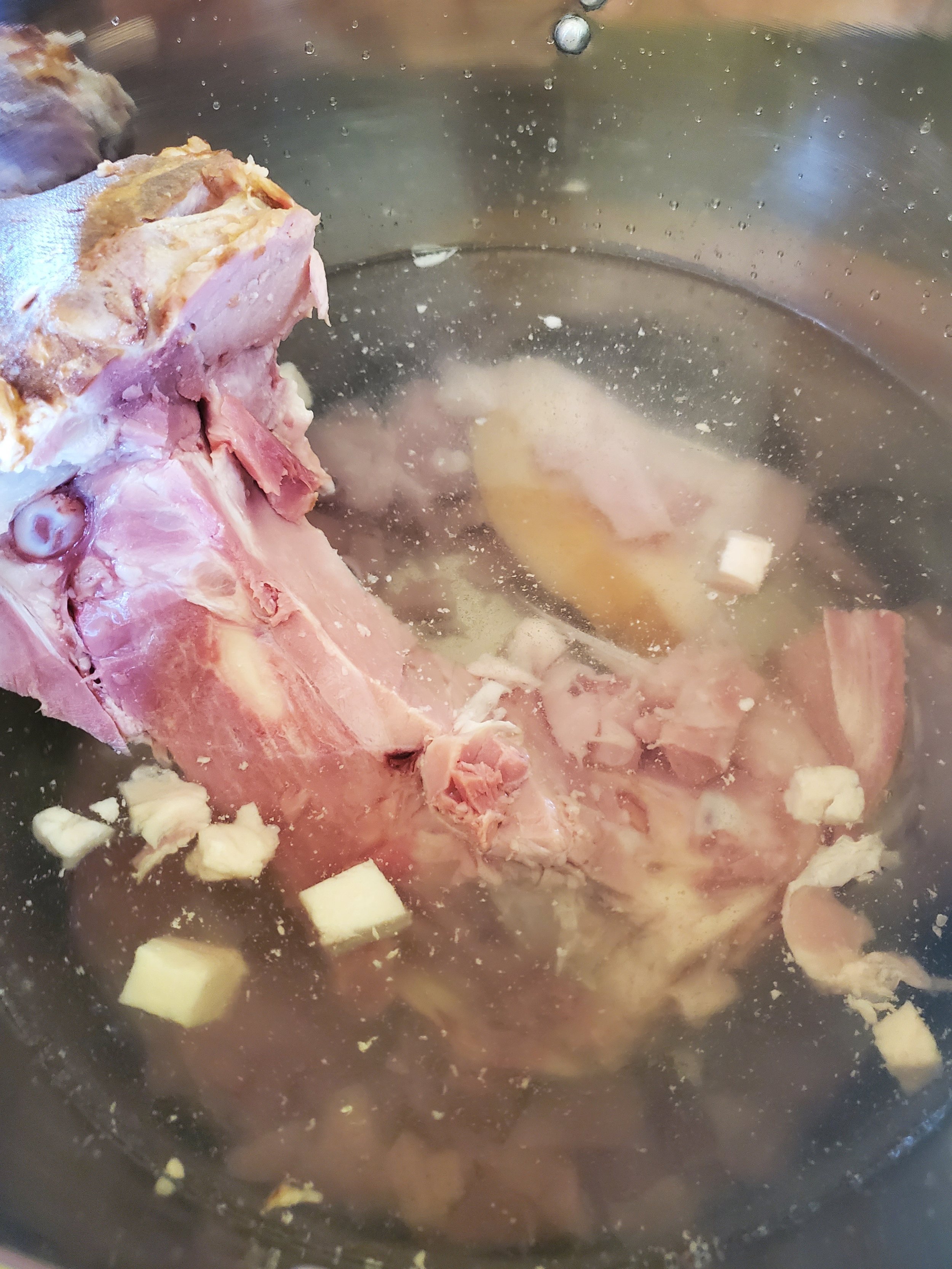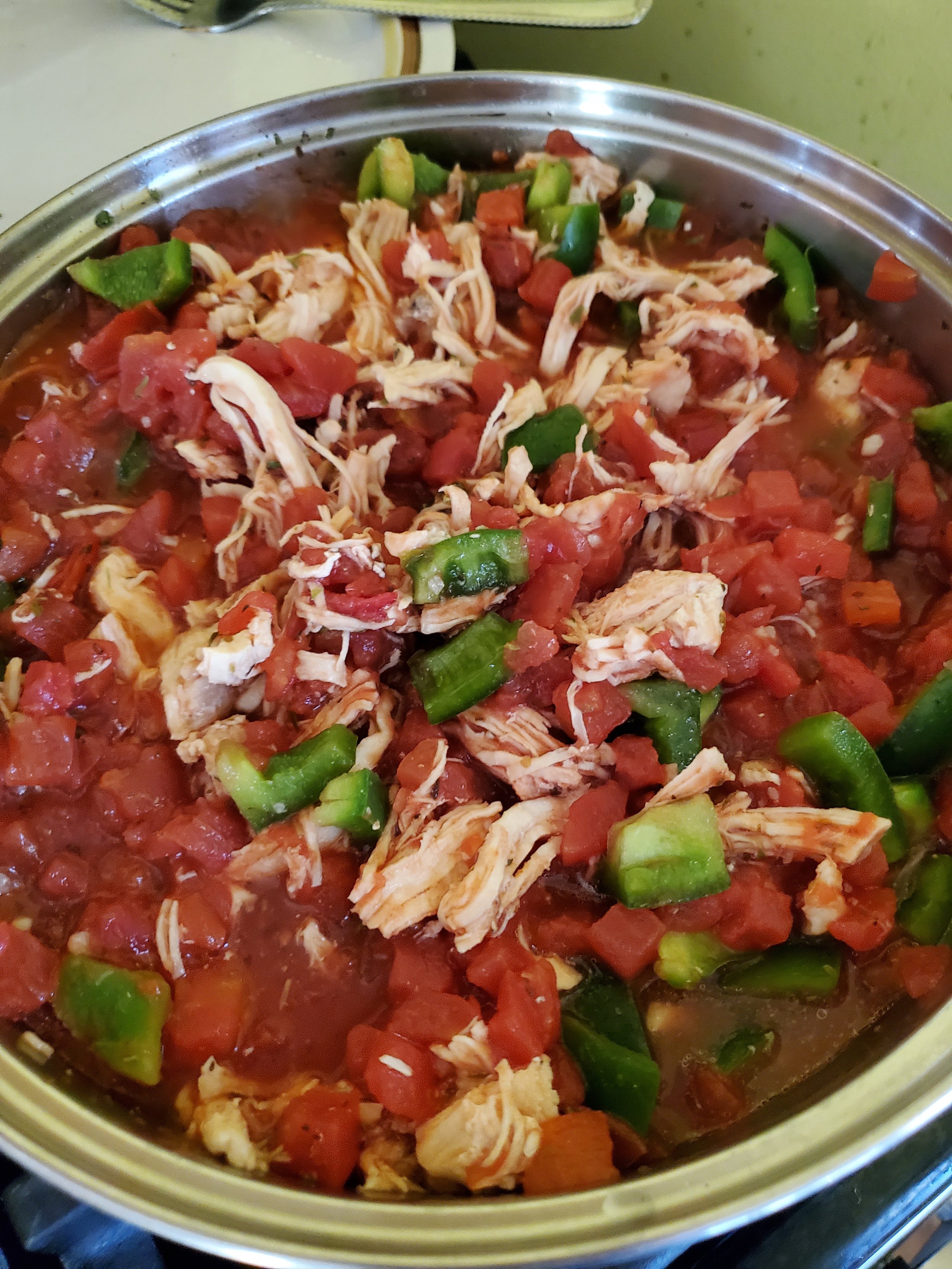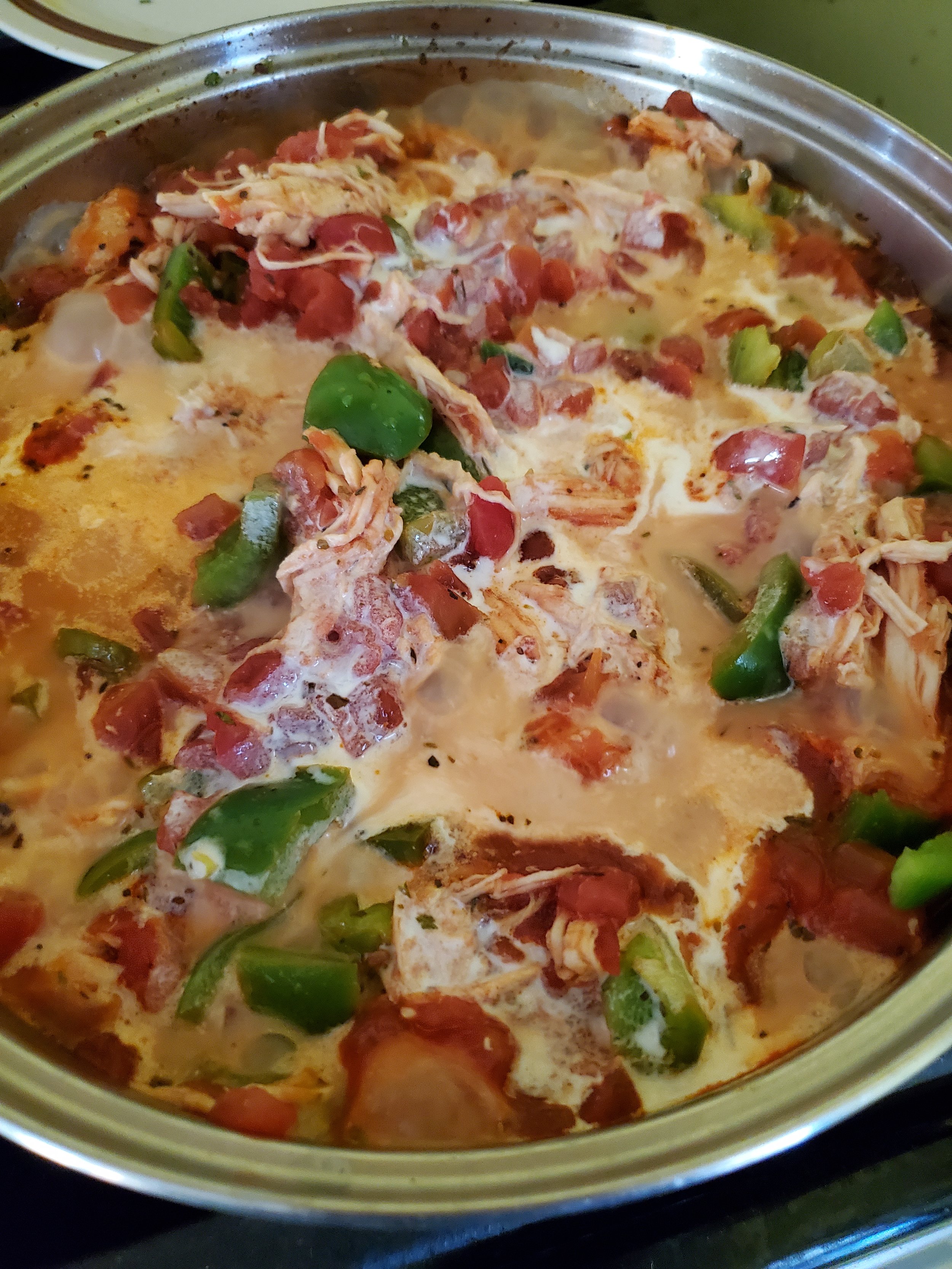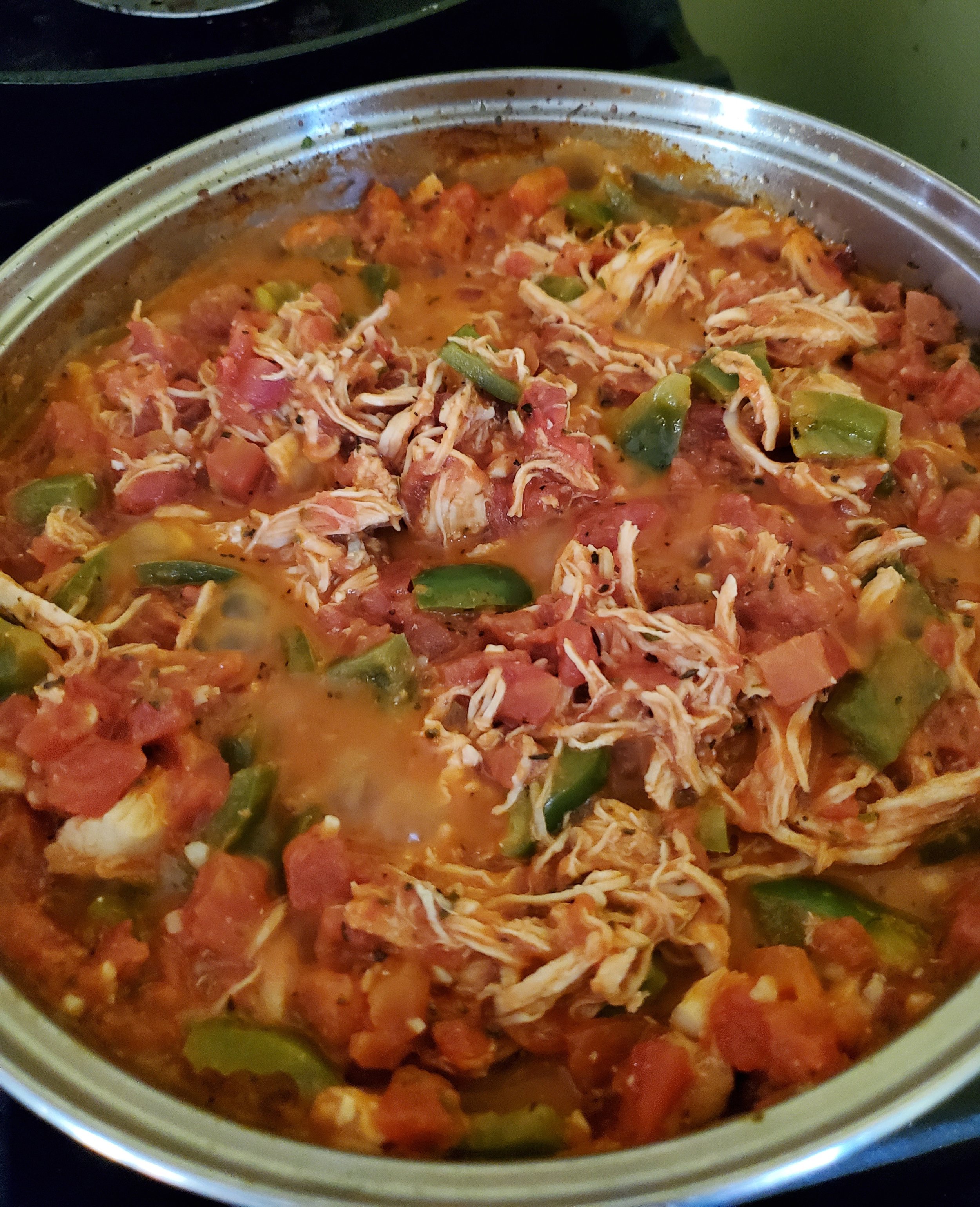Minimal Effort, Maximum Flavor: Your Go-To Chicken Recipe
Some days you need to feed the picky eaters some chicken in order to avoid an uprising, but can't fire up the oven thanks to the heat. This was our solution.
Ingredients:
three large chicken breasts, boneless and skinless
2 cups pretzel sticks
1 large egg
1 teaspoon garlic powder
1/2 cup stone ground mustard
2 tablespoons honey
1/2 teaspoon parsley
1/2 teaspoon thyme
1/4 cup parmesan cheese
black pepper to taste
spray cooking oil
Tools:
knife
cutting board
measuring cups and spoons
spoon
tongs
shallow dishes for mixing and dredging
aluminum foil
plastic bag and rolling pin or food processor (for pretzels)
Pour pretzel sticks into the food processor and pulse a few times until you have coarse chunks. If you're not using a food processor, instead put the pretzel sticks into a sealed plastic bag and hit or flatten with a rolling pin (or similar) until thoroughly smashed. If using the plastic bag approach, be sure to keep an eye out for pokey bits of pretzel putting holes in the bag and leaking crumbs everywhere, as the mess potential is high. Once the pretzels are crushed, toss them into a shallow dish and set the dish aside.
Take the thawed boneless, skinless chicken breast and cut it into roughly three inch long by inch wide strips. Just kind of pile them on the cutting board, since you'll be grabbing them one by one for dredging shortly. Make sure to wash your hands thoroughly before moving on to the next step.
Measure your mustard, honey, garlic powder, thyme, parsley, parmesan cheese, and pepper into a shallow dish. Crack an egg into this mixture and stir well to combine. We used stone ground mustard because we received some as part of a gift and the container was sitting untouched two months later. We also ran a little shy on the mustard mix (most likely because we started with nearly four pounds of chicken) and ended up making a second batch with spicy brown mustard and a dash of garlic hot sauce for the adults. We digress like this to say, in short, that you're welcome to use whatever mustard you have lying around. It'll work. Just mind your audience. We doubt the kiddos would have been happy with spicy chicken, but we sure were!
Once you have all three stages - chicken, mustard mixture, and pretzels - ready to go, lay out a sheet of aluminum foil and spritz it lightly with cooking oil. Grab a piece of the chicken with tongs, dredge it through the mustard mixture, flip it over, and dredge again to make sure you've coated all sides, then move it to the pretzel crumbs and roll it around until it's covered. Again using the tongs, remove the chicken from the pretzel crumbs and set on the foil.
Repeat until your foil sheet is half full. At this point, lift up the edges and pull the foil mostly closed over the chicken. Be sure to leave some room for moisture to vent. Get another foil sheet, spray it with oil, and fill it up with chicken the same way. Repeat these steps until you run out of chicken.
Put your foil packets of chicken onto a heated grill - we set our digital smoker to 425 degrees - and cook until the chicken reaches a safe internal temperature of at least 165 degrees. This took us about 25 minutes. Remove the packets carefully because the foil sometimes tears. A pizza peel is an ideal tool for this task if you have one, but in the likely event you don't, using a spatula or set of tongs ato nudge the foil packet off the grate and onto a baking sheet is also a perfectly serviceable solution.
In just a few steps and less than an hour you’ve got dinner on the table that’s sure to please even the pickiest eaters. You can stash this meal in your recipe list for times when you need something fast or if you’re just not feeling up to doing a lot of cooking. Fire up the grill, grab your ingredients and get ready to enjoy a fantastic meal that’s sure to please. Enjoy!
In the event that you’re turning to your gril because your stove isn’t working, rather than needing to keep the oven off, we’re here to help. Just give our offices a call and we’ll work with you to figure out a date and time that works for your schedule. At Appliance Rescue Service our goal is to get your home running smoothly again, without all of the hassle that a broken appliance causes.
Call (214) 599-0055






